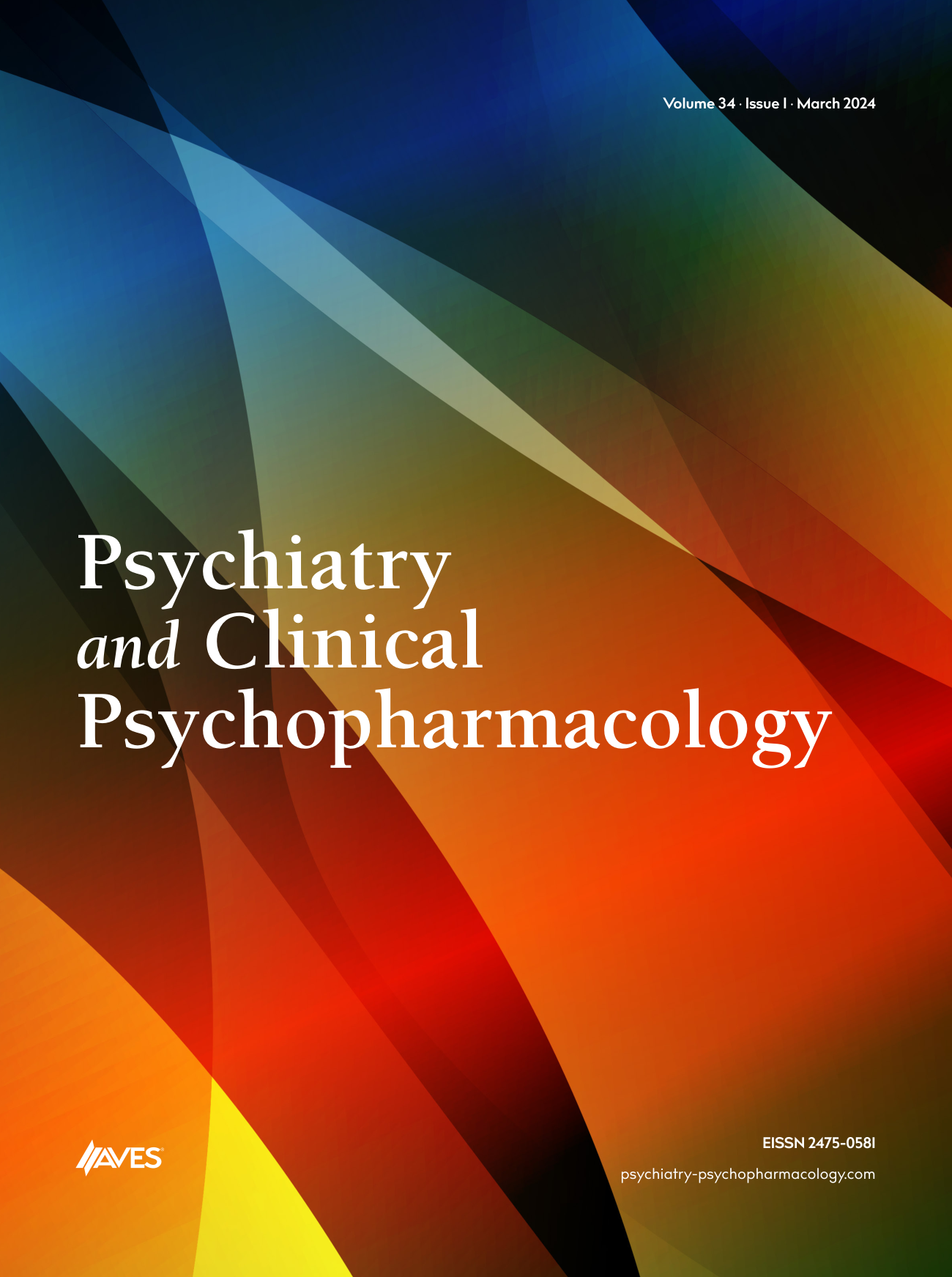OBJECTIVE: This study evaluates total blood count especially white blood cells (WBCs) in patients with panic disorder, based on the possible association between the immunologic system and panic disorder.
METHODS: Whole total blood count parameters were detected by using an auto-analyser in 40 patients with panic disorder and the same number of healthy comparison subjects. To detect the severity of panic disorder and depression, the Hamilton Depression Rating Scale and the Panic Agoraphobia Scales were used.
RESULTS: Patients with panic disorder and healthy subjects were not different in regard to red blood cell count and related haematological parameters including haemoglobin, haematocrit, mean corpuscular volume, mean corpuscular haemoglobin, and mean corpuscular haemoglobin concentration and platelet count. As for the WBC parameters, total WBC, neutrophil, and monocyte counts of the patients with panic disorder were similar those of healthy comparisons. However, basophil (0.02 ± 0.02/mm3 for the control subjects versus 0.05 ± 0.05/mm3 for the patient group), eosinophil (0.18 ± 0.13/mm3 for the control subjects versus 0.37 ± 0.24/mm3 for the patient group), and lymphocyte (2.50 ± 0.69/mm3 for the control subjects versus 2.06 ± 0.80/mm3 for the patient group) counts were statistically significantly different in the patient group compared to healthy subjects.
CONCLUSION: In summary, this study represents the first published report of total haematological parameters in patients with panic disorder. Though further replication is required to confirm this association, there seems to be a relationship between panic disorder and immunologic system.



